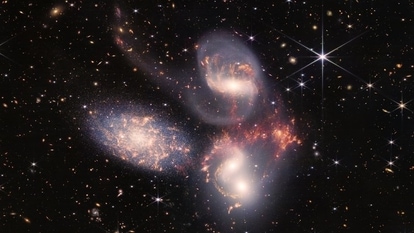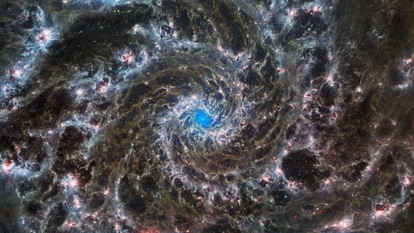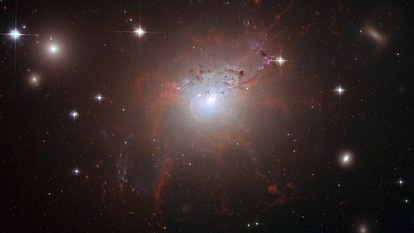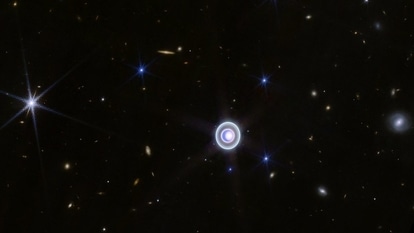164-foot asteroid to pass Earth by a close margin, says NASA
An Apollo group asteroid, which has been classified as a Near-Earth Asteroid, is expected to pass by Earth today, November 13. Know its speed, size, distance, and other details.
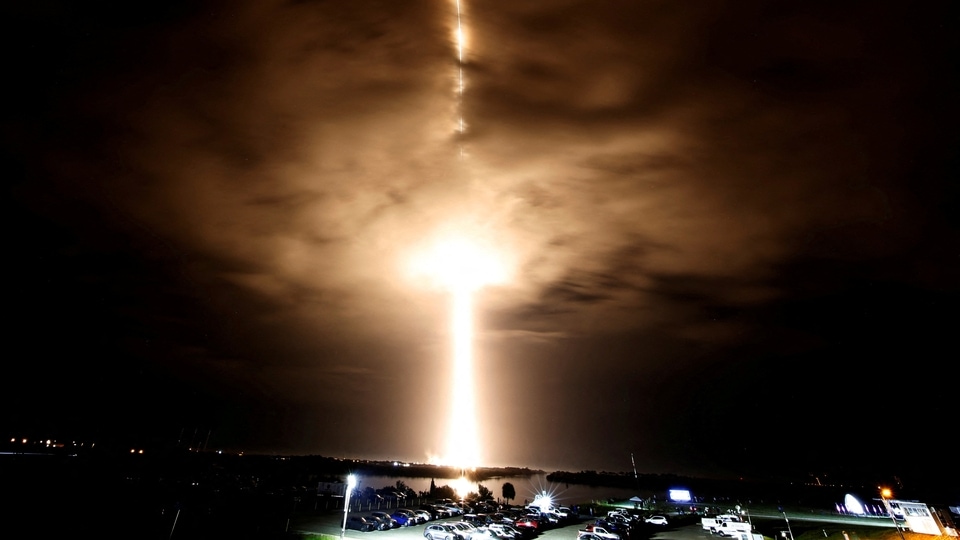

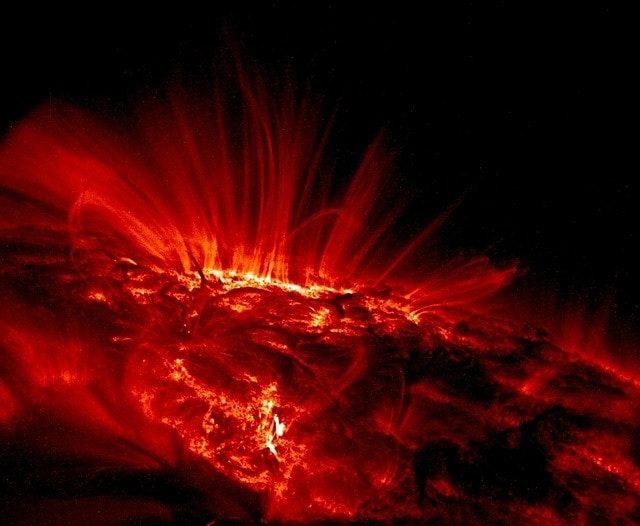
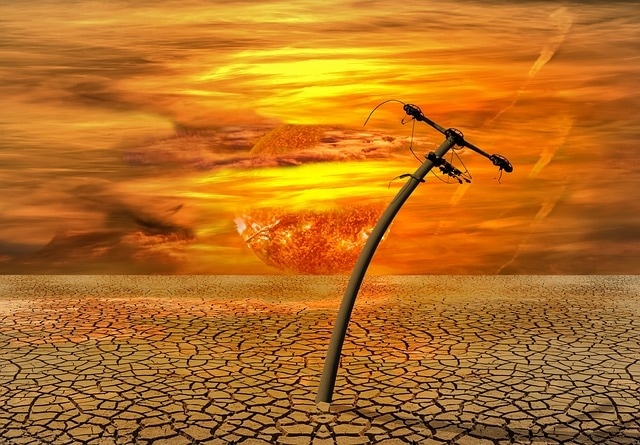

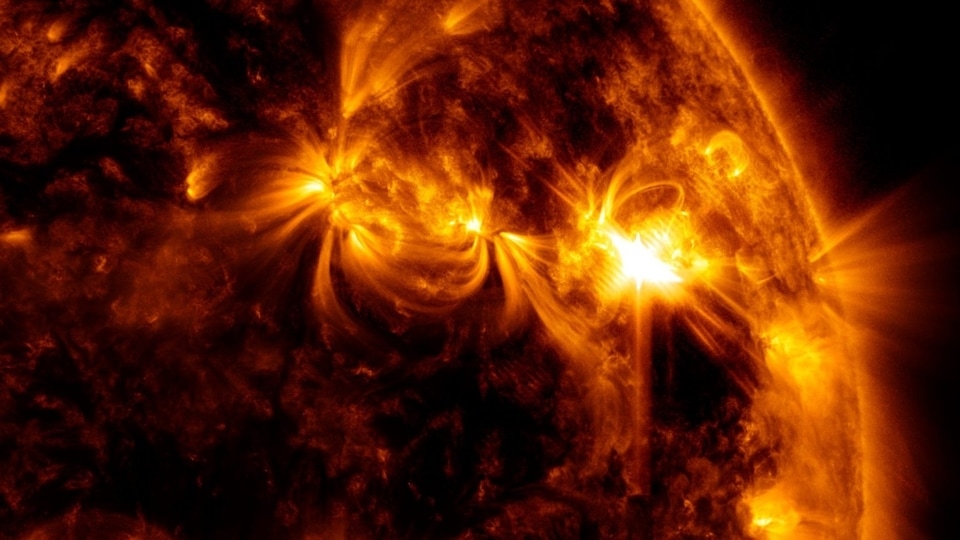
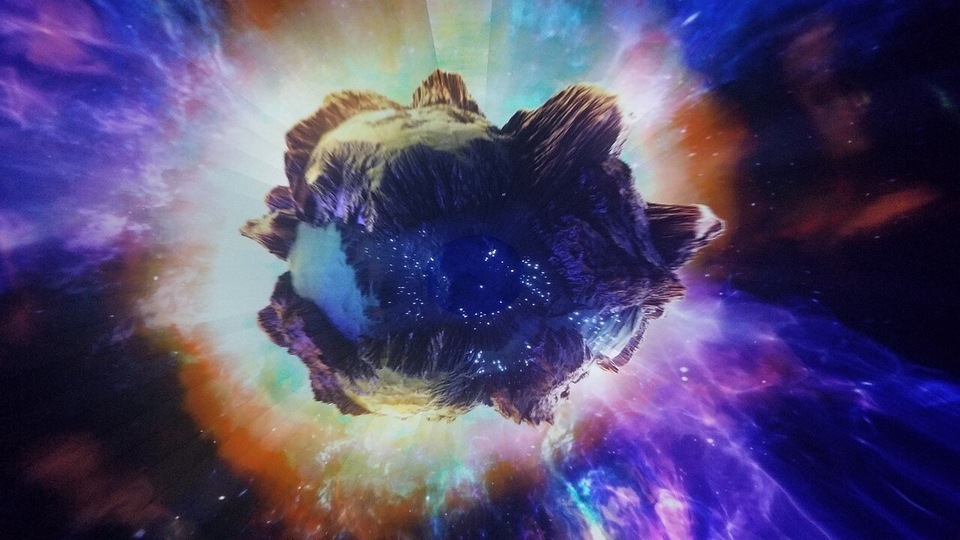
 View all Images
View all ImagesEarth is almost 4.5 billion years old and there have been several asteroid impacts throughout history. In a new development, NASA's Center for Near-Earth Object Studies (CNEOS) has shed light on a Near-Earth asteroid that is set to pass Earth by a close margin today, November 13. Whilst this space rock will come very close to the planet, it is not expected to impact the surface and leave a crater in its wake, causing catastrophic damage. According to the space agency, Asteroid 2023 VX will pass by Earth at a distance of around 6.6 million kilometers.
Asteroid 2023 VX: Details of close approach
The asteroid is already on its way toward the planet, travelling at a breakneck speed of 40034 kilometers per hour, which is even faster than Intercontinental Ballistic Missiles! While this asteroid is not a planet killer or as big as the dinosaur-killing asteroid, it is almost three times the size of the Chelyabinsk asteroid which crashed over the Russian city in 2013, injuring over 1400 people and damaging 7000 buildings. NASA estimates Asteroid 2023 VX to be almost 164 feet wide, making it as big as an aircraft.
The space agency has also revealed that Asteroid 2023 VX belongs to the Apollo group of Near-Earth Asteroids, which are Earth-crossing space rocks with semi-major axes larger than Earth's. These asteroids are named after the humongous 1862 Apollo asteroid, discovered by German astronomer Karl Reinmuth in the 1930s.
NASA has also revealed that this will be the first time Asteroid 2023 VX passes Earth. According to the space agency, it is not expected to make another close approach to the planet in the near future.
Asteroids found in Antarctica
Antarctica is a desolate place known for its vast expanse of ice. However, a team of scientists have made an amazing discovery - 5 asteroids that could hold the key to Earth's formation. These space rocks were found in a region known as Antarctica Blue Ice. Antarctica is an ideal place to spot crashed asteroids or meteorites as these objects can be spotted easily thanks to the land's unique icy conditions. According to Maria Schoenbaechler, a professor from the Department of Earth Sciences at ETH-Zurich in Switzerland, the rock is made of chondrites, the oldest known rock material in the universe. “It belongs to the oldest material that can be found on Earth and is similar to the building block of the Earth,” she said.
Catch all the Latest Tech News, Mobile News, Laptop News, Gaming news, Wearables News , How To News, also keep up with us on Whatsapp channel,Twitter, Facebook, Google News, and Instagram. For our latest videos, subscribe to our YouTube channel.








